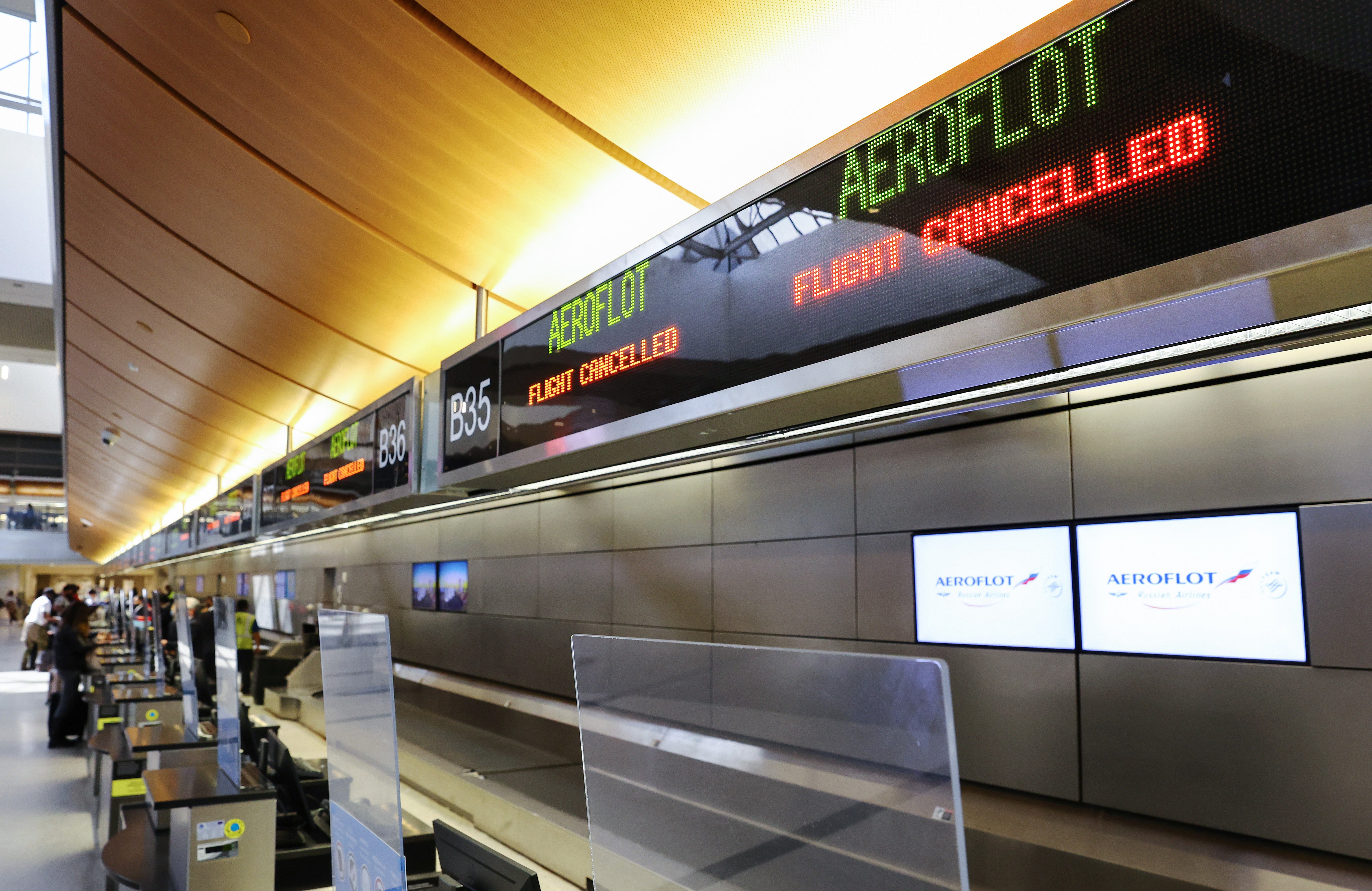Airspace bans show just how fragile our international travel freedoms really are
Our long-held travel freedoms were hard won; we need them back soon, writes Helen Coffey


I’ve always found the concept of airspace bizarre. How, after all, can a country “own” the sky? How can you stake a claim to territory that has no discernible boundaries or borders – that is, essentially, thin air?
Most of the time, we rarely consider it as an asset that can be controlled – we’ve enjoyed freedom of movement at altitude for so long, under open skies agreements first established under the Chicago Convention – that we in the west take the assumption that we can largely fly where we like for granted.
But Russia’s heinous attack on Ukraine and subsequent sanctions from countries around the world have been a sharp reminder that these convivial arrangements are much more fragile than we’d like to think.
The UK was among the first to strike by declaring its airspace off limits to all Russian owned and operated aircraft; it was swiftly followed by the EU and Canada; and the US did likewise earlier this week. Russia responded in kind, banning our planes from its skies.
The result? Insane flight paths, with planes forced to perform a delicate tightrope walk of circuitous routes in order not to contravene the new directives and risk passenger safety.
This week saw Russian flag carrier Aeroflot operate an eight hour “flight to nowhere” after its New York-bound service from Moscow had to turn back four hours in, when news came through that Canada’s skies were off limits. Another of its services had to fly an elaborate curve around Bulgaria, Moldova and Romania while travelling from Belgrade to Moscow, adding three hours and 40 minutes to the journey time.
Meanwhile, Finnair announced it would resume flights from Helsinki to Tokyo on 9 March after it temporarily paused them following Russia’s invasion of Ukraine – but the journey will take almost four hours longer than previously as the airline is forced to avoid Russian airspace. The rerouting means Finnair’s planes will have to fly either south or north of Russia – depending on wind – with a flight time of about 13 hours (it was under 10 prior to the new flight path).
To keep up to speed with all the latest opinions and comment sign up to our free weekly Voices Dispatches newsletter by clicking here
Airlines are facing longer flight times, higher fuel consumption and limited options for the foreseeable. The sanctions are understandable (and the retaliation inevitable), but it paints a bleak picture for an already battered aviation industry that was only just seeing large-scale recovery following widespread travel bans sparked by the coronavirus pandemic.
There’s no telling how long the conflict will last – and consequently airspace bans. Our long-held travel freedoms were hard won; we can only hope it won’t be too long before we see them restored once more.
Yours,
Helen Coffey
Travel editor






Join our commenting forum
Join thought-provoking conversations, follow other Independent readers and see their replies
0Comments